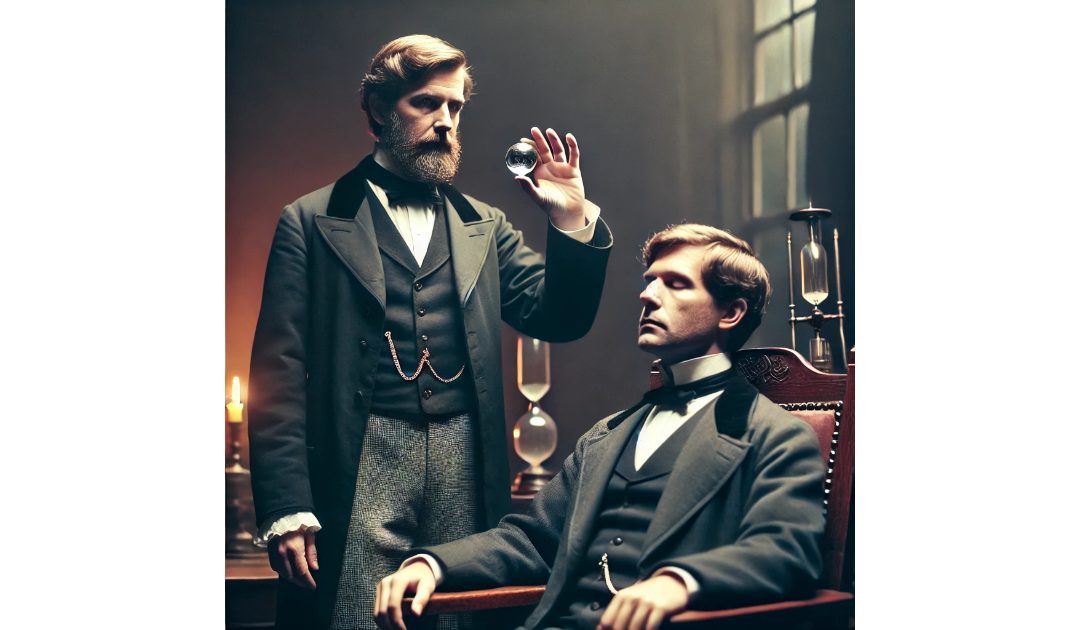I attended an exhibition by a stage hypnotist at the Oxford Union when I was a student, and what he was able to do was astonishing. It made a great impression on me. I’ve even tried a hypnosis app to improve my golf. There’s still some way to go.
James Braid (1795–1860) was a Scottish surgeon widely considered the father of modern hypnotism. Before Braid, mesmerism (named after Franz Mesmer) dominated thinking about trance-like states, with theories rooted in “animal magnetism”—an invisible force flowing between living things. Braid’s work revolutionized the field by moving away from mysticism and toward a scientific approach.
On the thirteenth of November 1841, Braid attended a demonstration by a mesmerist and was intrigued by the effects he observed, though skeptical of the mystical explanations. He began conducting his own experiments, and soon, rather than explaining these phenomena as a “magnetic fluid,” he proposed that they were due to a form of intense concentration or fixation. Braid coined the term “hypnotism” after the Greek god of sleep, Hypnos, although he later realized that hypnosis is not actually a form of sleep, but a heightened state of focused attention and suggestibility. He attempted to rename it “monoideism” (focused concentration on a single idea) but “hypnosis” persisted.
Braid believed hypnosis was a psychological state induced by fatigue of the nervous system caused by prolonged focus. His method involved instructing subjects to gaze steadily at a small, bright object, typically positioned just above their line of sight, which would lead to eyelid fatigue and, eventually, a trance-like state. Through this state, Braid found, people became highly responsive to suggestion, making it possible to influence both physical and mental processes. His systematic methods laid a foundation for future research, leading to hypnosis being increasingly regarded as a legitimate therapeutic practice.
While Braid’s work was initially met with skepticism, his contributions eventually caught the attention of influential psychologists, such as Sigmund Freud, who explored hypnosis in early psychoanalytic work. However, Freud later abandoned hypnosis, opting for free association, which meant hypnosis did not gain full acceptance in mainstream psychology until later.
Today, Braid’s approach is recognized as pivotal for removing hypnosis from the realm of mysticism and bringing it into the scientific domain. Hypnosis is now used in a range of therapeutic settings, from pain management to treating anxiety and post-traumatic stress. Braid’s legacy is seen in both the acceptance of hypnosis as a therapeutic tool and in the scientific approach to studying altered states of consciousness. His work laid essential groundwork, shifting hypnosis from a spectacle to a respected psychological technique.
I introduced hypnosis as a powerful skill in The Suggested Assassin, the third book in the Sir Anthony Standen Adventures. I couldn’t call it hypnosis or mesmerism because those terms came later, so opted for induction.

